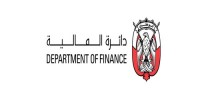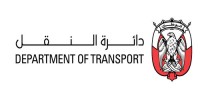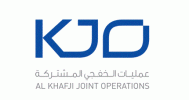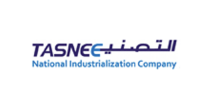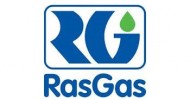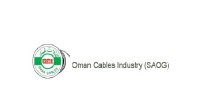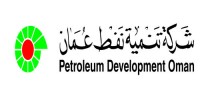
Advanced Financial Analysis
Course Introduction:
This course brings together the key elements of financial statement analysis to help participants improve their financial analysis skills, enable them to ask the right questions, see the real risks facing businesses and investors, feel more confident in their ability to comment on business activities and performance and analyze financial health for management. These skills and the required technical knowledge will be put into practice throughout the course using interactive examples and case studies, putting theory and technique into context
Course Objectives:
By the end of the program, participants will be able to:
· List and differentiate between the important components of basic financial statements
· Explain financial statements' ratios and formulate excel sheets and graphs for financial statements analysis
· Illustrate creative accounting schemes and critique the validity of accounting rules used
· Assess quality of financial reports and evaluate quality of earnings and cash flows reported
· Analyze financial position and performance of a company over a period of time and draw conclusions regarding its sustainability
Who Should Attend?
Chief accountants, accounting managers, senior accountants, finance directors, finance managers, financial analysts, financial controllers, financial accounts managers, heads of finance departments, credit controllers, corporate financiers, credit risk analysts, bankers, and relationship managers.
Course Outline:
INTRODUCTION TO ADVANCED FINANCIAL ANALYSIS
· Users of financial data
· Types of available financial information and the annual financial report
· Content of the annual financial report and ways to read it
· Non-financial elements of the annual financial report and their importance
· Understanding the income statement, balance sheet and cash flow statement
· Other comprehensive income components
· How to access data from Tadawul, ADX, DFM, Bloomberg and Yahoo! Finance
BASICS OF INDUSTRY ANALYSIS AND ANALYZING RATIOS USING EXCEL
· Industry analysis: understanding Michael Porter's five forces shaping industry's long term profitability
· Common size analysis to improve comparability
· Calculating trends and growth patterns
· Ratio analysis to assess key aspects of company performance:
o Profitability
o Liquidity
o Efficiency and working capital management
o Financing structure and risk
· Altman Z-score to assess potential bankruptcy
· Using graphical representation
FINANCIAL COSMETICS AND CREATIVE ACCOUNTING
· Last In First Out (LIFO) versus First In First Out (FIFO) and the effect on profits and taxes
· Explaining LIFO reserve and LIFO liquidation
· Converting reported inventory from LIFO to LIFO for purposes of comparison
· Valuing inventory at net realizable value: look for signals of obsolete inventory
· Analyst's consideration when examining inventory
· Evaluating how capitalizing versus expensing costs affect financial statements and ratios
· Effect of different depreciation methods on financial statements
· Impairment and revaluation of property, plant and equipment
· The choice of operating lease or finance lease
· Using special purpose vehicles for balance sheet manipulation
· Joint ventures: using equity method
· Consolidation: inflating goodwill by using full goodwill instead of partial goodwill method
· Employees' compensation: completeness of end-of-service indemnity obligation
· Stock options and stock grants instead of bonuses
· Case study: creative accounting scandals of Enron, WorldCom, Parmalat
ASSESSING QUALITY OF FINANCIAL REPORTS
· Framework for assessing company's quality of financial reports
· Potential problems that affect quality of financial reports
· Defining concept of sustainable and persistent earnings
· Beneish model: M-score to describe degree to which earnings are manipulated
· Evaluating earnings quality of a company
· Evaluating cash flow quality of a company
· Indicators of balance sheet quality
· Sources of information about risk
· Case study: analysis and interpretation of company performance
INTEGRATION OF FINANCIAL STATEMENT ANALYSIS TECHNIQUES
· Using a framework for financial statements analysis
· Evaluating quality of company's financial data
· Recommending adjustments to improve quality and comparability
· Case study: investment decision in nestle
Course Methodology:
A variety of methodologies will be used during the course that includes:
· (30%) Based on Case Studies
· (30%) Techniques
· (30%) Role Play
· (10%) Concepts
· Pre-test and Post-test
· Variety of Learning Methods
· Lectures
· Case Studies and Self Questionaires
· Group Work
· Discussion
· Presentation
Course Fees:
This rate includes participant’s manual, Hand-Outs, buffet lunch, coffee/tea on arrival, morning & afternoon of each day.
Course Timings:
Daily Course Timings:
08:00 - 08:20 Morning Coffee / Tea
08:20 - 10:00 First Session
10:00 - 10:20 Coffee / Tea / Snacks
10:20 - 12:20 Second Session
12:20 - 13:30 Lunch Break & Prayer Break
13:30 - 15:00 Last Session





.jpg)

























